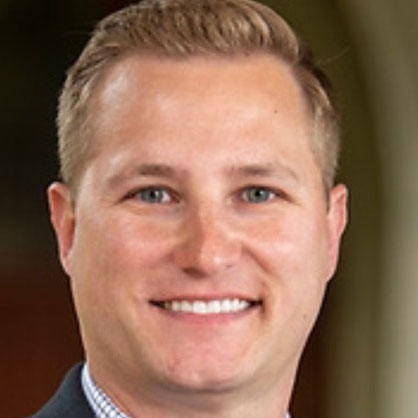In boardrooms across the country, nonprofits are grappling with questions of relevance, sustainability, and trust. These conversations often revolve around metrics, funding models, and strategic plans. Yet, if we’re serious about building institutions that last and lead, there’s a more foundational question to ask:
Who has a seat at the table?
It’s time we stop thinking of young people as future leaders and start recognizing them as current ones.
The Notion of “Not Quite Ready”
Too often, I hear well-meaning board members dismiss the idea of engaging younger generations in governance with a version of the same refrain: “They’re just not quite ready.” This assumption underestimates not only the capability of emerging leaders but also the responsibility of our institutions to cultivate them. Boards are not meant to be clubs for years served but rather strategic bodies entrusted with stewarding the mission. The idea that mission commitment somehow depends on age or life experience is absurd when one thinks about it.
We need to acknowledge that readiness is rarely about age. It’s about perspective, commitment, and passion.
Boards are not clubs.
Strategic Advantage
Including young people on nonprofit boards isn’t about checking a generational box. It’s about gaining insight that is crucial to future-proofing your organization.
Young people—particularly Gen Z and younger millennials—bring a different orientation to philanthropy and civic life. They think in networks, not silos. They value authenticity over polish. They are digital natives, comfortable navigating both the nuance of social issues and the speed of technology. When they are meaningfully involved in governance, they bring energy and ask questions that others might not think to ask.
Moreover, if your board is making decisions about programs that serve youth, advocate for intergenerational equity, or utilize digital tools, it’s especially important to include young people in these conversations and decision making.
Do Not Include Them For Mere Symbolism
The challenge, of course, is properly utilizing their talent and perspective. A board member of any age or background that is given board membership purely for a demographic fit is insulting and a disservice to the board member and the nonprofit organization. A single young board member with no committee assignments and limited influence isn’t inclusion. Young leaders must be empowered, not just appointed. That means providing mentorship, clarity of role, and the same expectations and respect afforded to any other trustee.
It also means listening with humility. If we bring young people into the room but dismiss their ideas and questions, then we have missed the point. Sometimes the best contribution a young board member can make is simply being the one person in the room who asks why things are done the way they are. If the board leadership cannot explain why the organization operates as-is, do those seasoned board members truly understand themselves?
Forget About “What Do They Offer Us Right Now?”
Ultimately, seats on nonprofit boards are often given to those who can substantially help the organization financially. Nonprofits too often settle for a member who can write an annual check of a certain amount, who has a massive Donor Advised Fund, or who has connections to other donors or corporate sponsors. It is easy to understand why many nonprofit board seats come with those expectations, as resources are needed to sustain even the smallest of nonprofits. However, expecting every board member to come to the table with serious financial resources makes board membership sometimes feel more like a transactional reward than building a team of passionate nonprofit champions.
If you sit on a board, it is worth thinking about who might not be at the table during your board meetings.
Building boards that include young people can help organizations be more insightful, prepare future leaders, and better serve civil society.
Who has a seat at the table?






